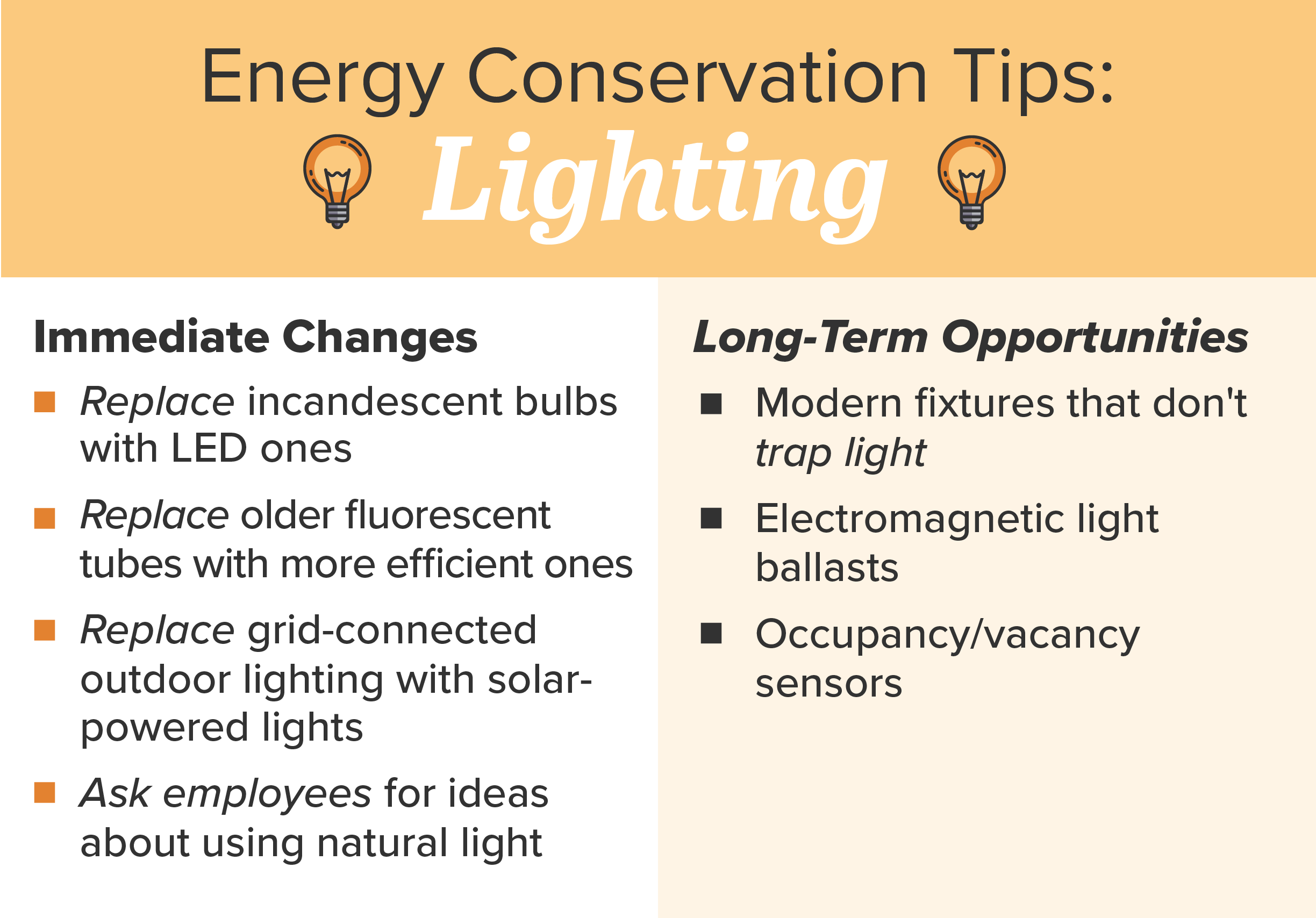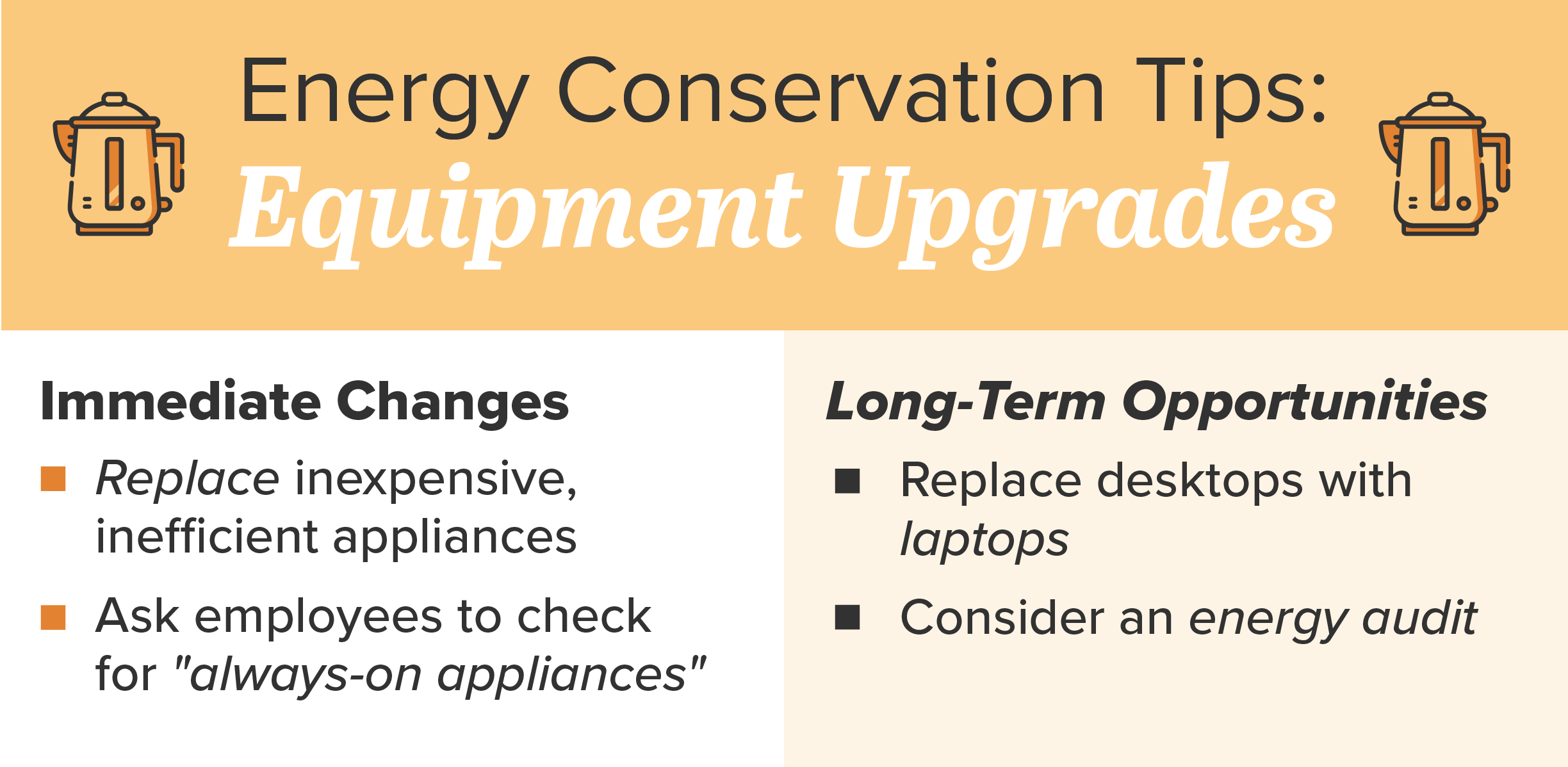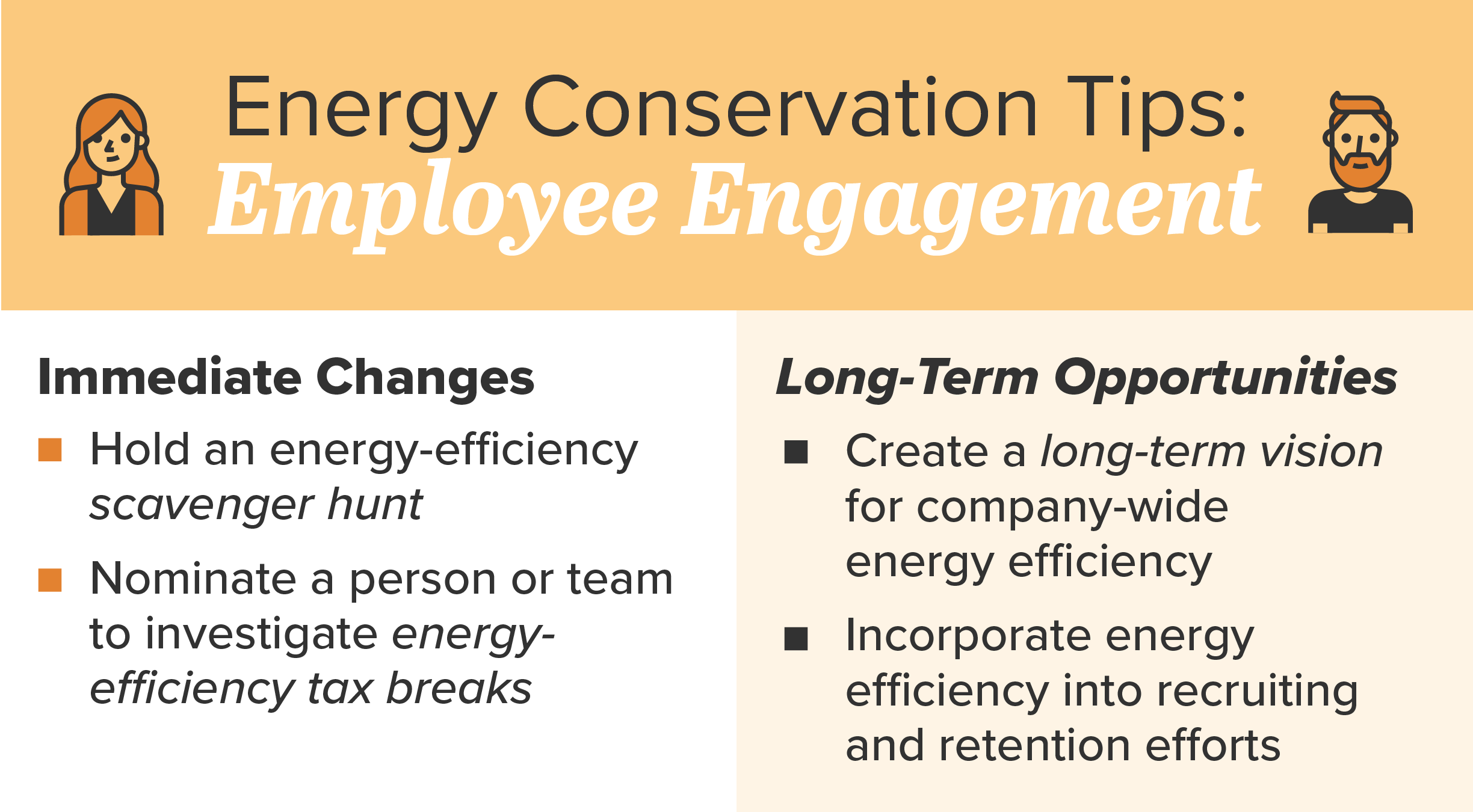MENU
Starting a Business
- Best Small Business Loans
- Best Business Internet Service
- Best Online Payroll Service
- Best Business Phone Systems
Our Top Picks
- OnPay Payroll Review
- ADP Payroll Review
- Ooma Office Review
- RingCentral Review
Our In-Depth Reviews
Finance
- Best Accounting Software
- Best Merchant Services Providers
- Best Credit Card Processors
- Best Mobile Credit Card Processors
Our Top Picks
- Clover Review
- Merchant One Review
- QuickBooks Online Review
- Xero Accounting Review
Our In-Depth Reviews
- Accounting
- Finances
- Financial Solutions
- Funding
Explore More
Human Resources
- Best Human Resources Outsourcing Services
- Best Time and Attendance Software
- Best PEO Services
- Best Business Employee Retirement Plans
Our Top Picks
- Bambee Review
- Rippling HR Software Review
- TriNet Review
- Gusto Payroll Review
Our In-Depth Reviews
- Employees
- HR Solutions
- Hiring
- Managing
Explore More
Marketing and Sales
- Best Text Message Marketing Services
- Best CRM Software
- Best Email Marketing Services
- Best Website Builders
Our Top Picks
- Textedly Review
- Salesforce Review
- EZ Texting Review
- Textline Review
Our In-Depth Reviews
Technology
- Best GPS Fleet Management Software
- Best POS Systems
- Best Employee Monitoring Software
- Best Document Management Software
Our Top Picks
- Verizon Connect Fleet GPS Review
- Zoom Review
- Samsara Review
- Zoho CRM Review
Our In-Depth Reviews
Business Basics
- 4 Simple Steps to Valuing Your Small Business
- How to Write a Business Growth Plan
- 12 Business Skills You Need to Master
- How to Start a One-Person Business
Our Top Picks
Small Business Guide to Energy Conservation

Table of Contents
Energy conservation isn’t a choice to consider ― it’s a competitive advantage your business can’t afford to ignore. Utility bills for companies can be thousands of dollars annually and the bigger your office space, the more you’re likely to pay. Add factors like being in an older building and energy bills can become a massive part of your overhead costs.
Luckily, there are things you can do to keep your energy use under control. Conserving energy benefits your bottom line while helping the planet. Communicating your energy conservation efforts to your customers and the community gives you a public relations bonus for a winning result.
How your business can save energy
This guide offers actionable advice surrounding the primary opportunities for energy savings:
Let’s get started on saving you money.
Lighting
LED (light-emitting diode) lights are much more efficient than traditional light bulbs. According to the United States Department of Energy (DOE), LED lights use 80 percent less energy and can last 25 times longer.
Here’s how to address several lighting concerns.
Lighting in large spaces
The areas in your office space where your employees sit need light throughout the workday. Consider these energy-saving options:
- Fluorescent lightbulb tubes: The large fluorescent light bulb tubes illuminating many workspaces are more energy-efficient than incandescent light. Newer technology has made them even more efficient.
- Fluorescent light ballasts: Fluorescent light ballasts, which regulate the current to the lamps, have also improved. New electromagnetic ballasts operate at cooler temperatures, saving energy. They also result in less flickering and noise from the bulbs.
Lighting in conference rooms, bathrooms and break rooms
Rooms that are occupied sporadically don’t need permanent light. Consider these energy-saving ideas:
- Occupancy sensors: Consider installing occupancy sensors. These devices regulate light depending on whether or not someone is in the room. For example, an occupancy sensor can be set so that lights automatically turn on when an employee enters the room. Occupancy sensors have an extra safety benefit because no one will have to walk into a dark room.
- Vacancy sensors: Vacancy sensors are a similar option that turns off lights when a person leaves the room. With vacancy sensors, rooms with sufficient natural light won’t require unnecessary, energy-consuming artificial light. When someone turns on a light, it turns off after they leave.
- Newer lighting fixtures: Lighting fixtures are another opportunity for cash savings. Old lighting fixtures trap light for aesthetic reasons. Newer fixtures push light out into rooms thanks to brighter reflectors and better geometry.
Outdoor lighting
Better lighting in outdoor areas around your business is safer and can entice more customers. When lighting outdoor spaces, you can benefit from the ultimate green energy cost-saver: solar lighting. Solar lights are simple to install and should work with minimal upkeep.
Keep the following in mind when working with solar lighting:
- Ensure the outdoor area gets enough daily sunlight to support your needs.
- Check the sensors periodically for cleanliness ― accumulated dirt and grime can block the panels from getting the necessary solar energy.
Natural light
Modern buildings with larger windows let in more light and smart business owners take advantage of natural light in their workspaces.
Since you can’t know every employee’s lighting preference or inspect every nook and cranny of the office (and the sun isn’t always in the same place), involve your employees. Ask them for their ideas for using natural, free light instead of turning to artificial light, which saps your bottom line.

Lighting affects productivity and mood as well as your employees’ mental health and performance.
Heat regulation
You and your employees do your best work at a comfortable temperature. However, maintaining that temperature can be costly. New technology and simple common sense can lower your costs.
Consider the following options.
Smart thermostats
The latest wireless technology makes maintaining a consistent temperature in your workspaces easier. You no longer have to rely on the last person who leaves the office at night to turn down the heat or shut off the air conditioner.
“The smart thermostat can also ‘learn’ our temperature preferences and the hours of their use so that we get our space to our liking, but only when we need to,” explained Doug Keller, a community manager at Payless Power, an energy price comparison site.
Fans
A simple fan doesn’t need much energy to push cooler air toward employees who need it. Fans make us feel cooler, even if the actual temperature doesn’t change. Instead of paying for expensive air conditioning, see if you can get by with this low-tech option and encourage employees to speak up if they’d like a fan.
Window coverings
Installing blinds, awnings, shades and other window coverings can keep employees comfortable in the summer. Blinds absorb the heat so your employees don’t. According to the DOE, blinds can reduce heat gain by as much as 80 percent.
You’ll maximize your investment in window coverings if you talk to a professional who can help you understand the best options for window treatments based on the orientation of your building and the local climate. In colder climates, blinds can help retain heat or be opened, so the sunlight helps heat parts of your office space.
Trees
Trees placed strategically can provide welcome shade. Trees will beautify your space and keep your heating bill down. Plus, if you plant a tree that drops its leaves in the fall, the sun will be able to warm your building in the winter. Different trees do better in different areas. Consult a local landscape expert to get the best bang for your buck.
Casual dress
In Hawaii, aloha shirts are standard business attire. Residents of the 50th state made the sensible decision to eschew shirts, ties and jackets that caused discomfort and inhibited productivity.
If you change your company’s dress code, your employees can dress more comfortably while you reap the benefits of a lower electricity bill and boosted productivity. For every degree you raise your thermostat, you increase your energy savings by 2 percent to 3 percent.
Old weatherstripping and sources of other leaks
Ask employees to check for defective weatherstripping around windows and doors or sources of other leaks around their desks. They may find insulation gaps that cost you hundreds of dollars. As a bonus, you can improve employee engagement by involving them in improving their workspace.
Other ways to reduce your business’s carbon footprint include going paperless whenever possible, using eco-friendly packaging for your products and cutting business travel emissions.
Equipment upgrades
Your equipment is likely responsible for your most significant energy costs. However, the DOE makes it easy to find the most efficient options with its Energy Star program.
In specialized industries, an energy audit can uncover opportunities to save even more with newer equipment. Here are some of the most common equipment efficiencies you can address:
Appliances
“It’s amazing the number of businesses I’ve seen that still use old appliances that waste huge amounts of energy,” said Ian Wright, investigation officer for the United Kingdom’s Department for Business, Energy and Industrial Strategy. “In the last 10 years, there’s been a real revolution in energy efficiency, so if you’re using appliances that are older than 10 years, you’re almost certainly wasting energy.”
Look for ways to improve energy efficiency by upgrading appliances like coffee makers, washing machines and refrigerators.
Laptops vs. desktops
For energy efficiency, laptops are almost always a better choice than desktops. Laptops are designed for maximum power efficiency; they run on battery power, but they also tend to have fewer high-end components like video cards that suck power.
If you’re replacing desktop computers, consider whether your employees could do just as well with less energy-intensive laptops. Look for laptops with an Energy Star rating so you know the product is a leader in energy efficiency.
Make your business’s computing eco-friendly by taking advantage of cloud computing, reducing electronic waste and choosing an environmentally friendly web hosting provider.
Battery chargers, screens and other always-on devices
Did you know that battery chargers draw power even when they aren’t charging a device? While one battery charger isn’t costing you much money, every employee with a charger plugged in for the occasional smartphone top-up can add up fast.
So does the cost of operating screens in screensaver mode (which doesn’t save any energy). Again, involve your employees. Ask them to identify where the slow drips of electricity waste in your company are occurring.

Employee engagement
We’ve already suggested several ways to involve employees in your energy conservation efforts. However, you can also engage employees with long-term sustainable solutions. Here are some suggestions:
- Create a green team: Josh Prigge, a sustainability consultant, advises business owners to establish a cross-functional “green team” of employees who meet monthly to devise new ways to save energy. Multidepartmental green teams can improve employee development and retention, job satisfaction and overall company communication.
- Appoint an energy conservation officer: Another option is designating an energy efficiency officer. Empower this person to monitor energy costs and suggest solutions. For example, have them investigate tax incentives for energy efficiency efforts. The Business Energy Investment Tax Credit is a federal tax break for any qualified U.S. business. Many states, counties and cities offer their own programs. Your utility company may also offer incentives.

Have your green team investigate sustainable business practices that support energy conservation and other eco-friendly measures. As a bonus, these efforts will likely appeal to your customer base.
Energy conservation for remote and hybrid teams
Today, many businesses operate with remote work plans or hybrid and flexible work arrangements. You can champion energy conservation efforts in these work models in the following ways.
1. Conserve energy when your team is entirely remote.
Employers with a fully remote staff may not need physical offices ― the ultimate energy savings. If you have a remote workforce but need an office for occasional meetings or other purposes, consider the following ways to conserve energy:
- Implement conservation tactics: Use conservation tactics like smart thermostats and window coverings to keep the space dark and cool.
- Watch for unnecessary energy expenditures: Unplug all unused devices and appliances to ensure they don’t drain unnecessary energy.
- Evaluate your building regularly: Conduct regular building evaluations to ensure there are no defective weatherstripping around windows or doors.
Many electric companies do a free or low-cost small business energy efficiency assessment that can tell you how to make changes that will make a big difference in your energy usage.
2. Conserve energy when you have a hybrid workforce.
Employers with a hybrid workforce typically allow employees to split their time between working at the office and telecommuting. Here’s how you can conserve energy with a hybrid workforce:
- Opt for a smaller office space: If only a few employees are in the office at a time, a large office space is probably unnecessary. A smaller office space will help you conserve energy and save money on leasing costs.
- Implement energy conservation tools: Employers with reduced in-office workforces can implement occupancy and vacancy sensors to ensure lights don’t stay on in unused spaces.
Sustainability as a competitive advantage
Conserving energy can bring welcome cost savings and better position a business in the marketplace. “The slightest persistent waste can brutalize a small business where risk tolerance is low and margins are tight,” explained Tom Paladino, founder and CEO of Paladino and Company, an award-winning, green building consulting firm. “These businesses must eliminate any waste that they can to protect the bottom line.”
For Paladino, his company’s commitment to energy conservation is more than just a way to save money.
“We compete with industry giants for customers and talent,” Paladino shared, “and when people experience our LEED Gold-certified office with its standing desks, organic fruit, operable windows, abundant plants and engaged talent, it makes a difference.”
There’s no downside to energy conservation in business. Numerous benefits ensue when companies make these practices permanent, integral operational elements.
“The most important thing for small businesses to understand is that going green in business is not a strategy to tack on to their business model,” Paladino said. “Going green should be integrated into your operating philosophy. Whether you do it for the planet or do it for the profit or do it for the people, sustainability programs can improve your top and bottom line with a modest budget or no added cost at all.”
